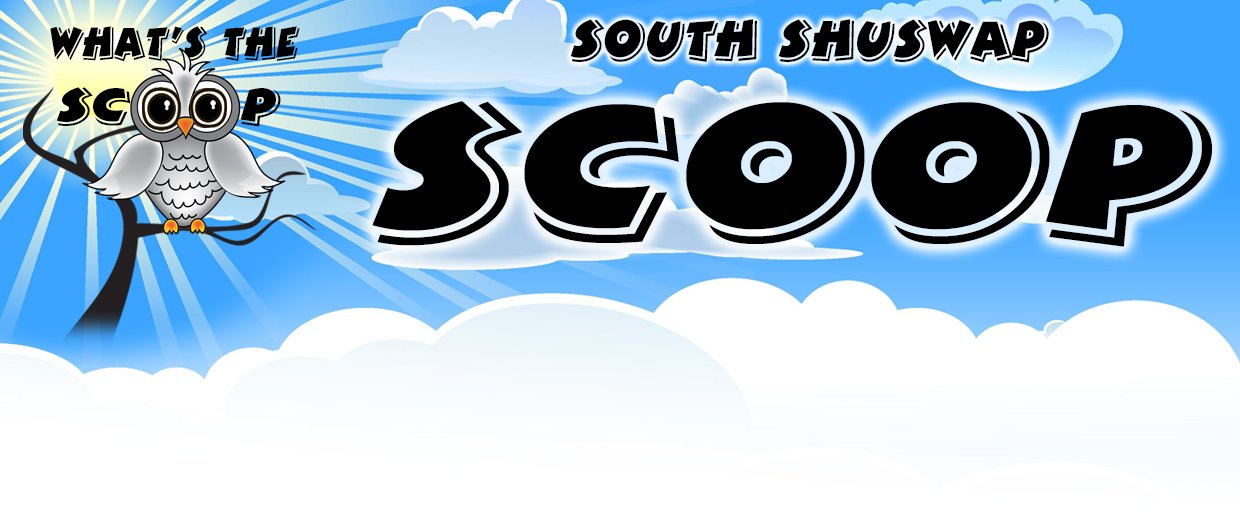Volunteers Save Lives: 25 Years of South Shuswap First Responders
Childbirth practice with (L to R) Kaeden Cundiff, Lesley Tessier and Kathy Werkman (photo contributed)
By Jo Boxwell
“They’re having the worst day of their lives and we’re there to try and make it a little bit better.” - Kathy Werkman, President, South Shuswap First Responders (SSFR)
Any of us could find ourselves needing to make a 911 call due to a medical emergency. Typically, ambulances are sent from Salmon Arm or Chase to our smaller communities. SSFR President Kathy Werkman says it takes “anywhere from 10 minutes to an hour and a half” for BC Ambulance to reach patients in this area.
Thankfully, when you call 911 in the rural South Shuswap, a BC Ambulance dispatcher contacts the SSFR and invites them to send out first responders. The trained volunteers, who live locally, usually reach patients before the paramedics.
“BC Ambulance calls us out for motor vehicle accidents or what they consider red or purple calls, which are calls that could be life-threatening,” Kathy explains. The SSFR respond to calls from Squilax Bridge to the top of Kault Hill, including the communities of Sorrento, Notch Hill, Blind Bay, Eagle Bay, White Lake, Tappen and Sunnybrae. In the last six months of 2024 alone, Kathy says the SSFR team responded to almost 300 calls.
This year marks 25 years for the SSFR, which was established in July 2000. Kathy credits the organization’s growth to the hard work of all those involved over the years. Funding comes from the CSRD, non-profits including the Sorrento and Chase Lions clubs and private donations.
Becoming a Volunteer First Responder
You do not need prior medical training to become a first responder as the organization provides in-house training. All responders are certified through the Red Cross and renew their certifications every three years. After becoming certified, responders take licensing exams through Emergency Medical Association (EMA) licensing, which is also renewed every three years.
First responder Kyle Schneider says if the sight of blood or bodily fluids makes you uncomfortable, it’s probably not a fit for you, but “if you want to help your community, this definitely is for you.” Fully qualified responders carry a defibrillator, oxygen and a backpack with various supplies including an advanced first aid kit, which means there’s a lot the responders can do before the paramedics arrive. Kyle says, “We have actually saved lives and brought people back, which I’m quite proud of.”
Rachel Barrett practices CPR (photo contributed)
Responders are required to attend a minimum of 12 calls per year as well as a mandatory number of practices to keep their license. A criminal record check is required.
Erin Kanin, one of the organization’s newer responders, says that when responders arrive on scene, they ensure the scene is safe before introducing themselves to the patient and evaluating their situation. “They might be alone and panicking, and just to be there with them and talking with them, a lot of the time, it calms them down.”
Lesley Tessier is vice president, dispatch coordinator, a first responder and training officer with the SSFR. She says that attending calls can be intimidating initially, but the team environment helps. “I know the people that I’m responding with know what they’re doing. I know they’ll back me up. I’ll back them up. It’s a very close-knit relationship.” Some responders may be affected by difficult calls, and Lesley explains, “Taking care of your personal health is really important to us as responders because of what we do,” adding that support is available.
There are currently no first responders living in Eagle Bay. It may take 20 minutes or more for responders to get there from other locations. There is also a shortage of responders in Sorrento, and only a few responders live in Tappen.
While no training courses are currently planned, those who would like to learn more are encouraged to attend practices. This is a great way to build knowledge before taking a course when one becomes available.
Becoming a Volunteer Dispatcher
I joined the SSFR a few months ago as a volunteer dispatcher because I value this service and want it to continue. Mark Hardman is another recent recruit. One of his family members was helped by a first responder during a medical emergency, and Mark says, “I am grateful for everything, and it’s just wonderful that we have such a resource.”
The SSFR is looking for more dispatchers. If you can fill a few 12-hour or 24-hour shifts per month, respond promptly and clearly to radio calls (following the protocol provided), you can support the vital work of first responders from your home.
Dispatchers are required to complete a criminal record check, and training is provided. New dispatchers are shadowed on calls until they are ready to take calls independently.
To find out more about becoming a volunteer first responder or dispatcher, email ssfr@shaw.ca.



